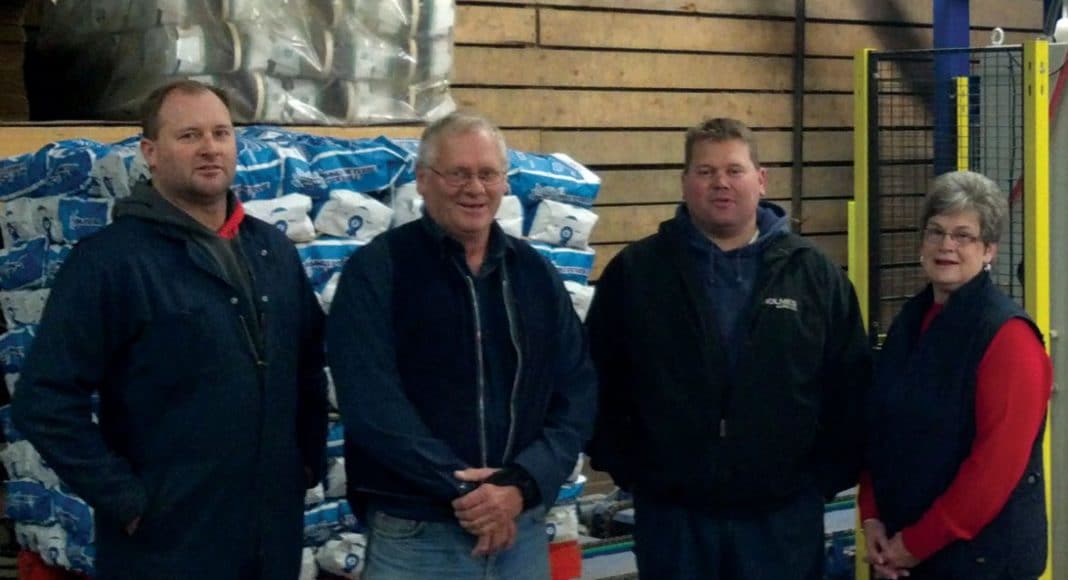Dale Rutledge remembers a time when drivers delivering the farm’s potatoes would tell their customers that the potatoes had slept in the ground the night before. “Our markets were more direct and local back then,” says Dale. “We would have our potatoes into the stores by 11 a.m.”
Over the years, much has changed, with potatoes now having to travel much farther to warehouses to reach distant markets. Rutledge Farms has changed as well, expanding from the 300 acres of land that Dale and his wife, Carol, took over from his dad in 1974 to more than 2,000 acres in 2012, making it one of the largest potato operations in the Melancthon township area in southern Ontario.
Now Dale and Carol’s sons, Scott and Mark, are the fifth Rutledge generation to grow fresh table potatoes, and they are starting to notice that the trend is shifting again. They estimate that 30 to 40 per cent of their business is now direct-marketed to local stores, and more customers are stopping by the farm to buy fresh potatoes. “Everything used to be within 100 miles, and it seems to be going back that way now with all the promotion of buying local,” says Scott. “I think the consumer has a right to say what they want to buy, and I think we are starting to see that influence a little bit.”
Scott feels the traceability and food safety initiatives they have implemented on the farm are another important selling point for consumers, who increasingly are more interested in knowing where their food is coming from. “We are tracking that potato all the way through the process. The consumer could call us and we can trace it right back to the seed piece that we put in the ground and where and who we bought it from. It’s definitely a good thing.”
We are tracking that potato all the way through the process. The consumer could call us and we can trace it right back to the seed piece that we put in the ground.
— Scott Rutledge
Technology has improved the productivity of the farm and the quality of the products the Rutledges grow. “Our product is perishable, so whatever we can do to prolong it is a big part of it,” says Mark. Future plans revolve around maintaining and improving the quality of the product. “Our markets are the most important thing, and our goal is to keep our product looking better than everyone else’s. Whether it’s equipment, or however we do it, the bottom line is to provide what the market demands.”
With a sixth generation waiting in the wings, Rutledge Farms is looking forward to the future, something the family has fought hard to ensure for the next generation. For the past five years Dale has led a group of local farmers fighting a proposal to build a 2,300-hectare limestone quarry in the area, amid fears it may affect water quality and groundwater supplies for irrigation and drinking water. His continued dedication to the land that has sustained his family since 1883 paid off in November when the quarry proposal was declined. Dale hopes the next step will entail changes to the Aggregates Resources Act, which currently governs the development of aggregates such as gravel, sand, clay, earth and stone, that will provide more protection for agricultural land. “Then we know we will be able to keep growing potatoes for the future,” says Dale.











